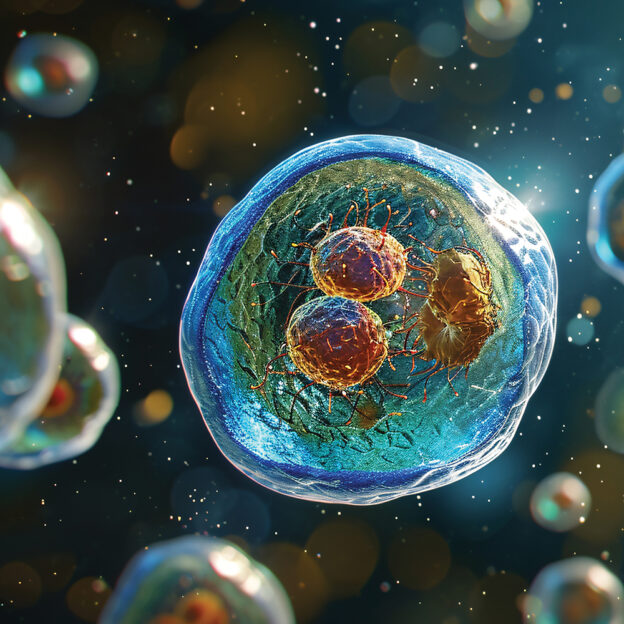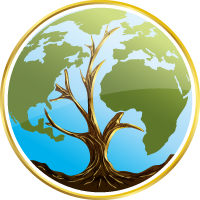Table of Contents

Editor: Welcome Amelia Kinkade. You have become famous for your work communicating with animals. Do you find that animals think and feel just as we do?
AK: Yes, I know it. And until we humans all learn to communicate with animals, we can’t even begin to understand what they’re feeling. Every living being is sentient, can think and feel, and has emotion and physical sensation. It is our quest to mature enough as a species that we can look at ourselves as shepherds for these creatures and find our place in the balance of Nature.
Until we become sensitive enough to have conversations with the other animals on this planet, we have no business judging their intelligence through some false hierarchies that are misconceptions from the past. The time has come to rethink the dormant abilities of our brains and psyches and evolve into sixth-sensory beings who can shelter animals because we can converse with them, therefore understand them and identify with them, and thus love them. It will be this love for Nature that improves our world.
E: Is one kind of animal easier to communicate with than others?
Amelia Kinkade Explains Animal Consciousness
AK: All animals have consciousness, and it is this consciousness I make contact with—the Divine within me has a conversation with the Divine within them, by being willing to feel their emotions, including pain, despair, and frustration, and see their point of view. Of course, insects don’t have exactly the same type of communication with me that tigers have, but the level of connection with insects can also be really astonishing and they continue to surprise me every day, as I’ve outlined in a bee chapter in my new book.
I don’t look at the outer edges of things and judge an animal’s intelligence by what I read in a book or by someone else’s opinions. I have direct authentic interactions with animals, and form my own opinions dependent solely on my experience, not on someone else’s experience. For this reason, animals shock and thrill me every day as I don’t address them with the prejudices they are accustomed to.
Even ideas about “sick,” “old,” “crippled” or “dying” don’t apply when I’m working with an animal. I greet them with all my love, shower them in all my love, and they respond in kind. All beings have consciousness, emotion, and a point of view, no matter what form they are in.
E: What about sharks? You worked with Great White Sharks in South Africa. What did the shark say who came to a meeting with you?
AK: She said, “When you can teach Your children to talk to Our children, there will be more hope for the future of this world.”
E: What about wild animals in general? You write that you are not afraid of deadly predators like the Black Mamba snake and Great White Sharks. Why not?
AK: We humans have been entrained to view “dangerous” animals as “ugly” and therefore not worthy of our love and protection. These prejudices keep us from viewing other animals as complex, emotional, multidimensional beings, who all embody the beauty of Nature’s world. These stereotypes as “beautiful” and “not beautiful” keep humans held behind a veil comprised of other people’s opinions, fears, and prejudices.
This smokescreen keeps us from being able to communicate with animals because we do not view them as loveable. I encourage people to see magnificent spirits within all animals as well as the individual personalities they all possess. By seeing the awesome beauty of animals that we usually fear, a breakthrough can be achieved in our communication processes, but this can only happen when we allow the spark of God within us to reach the spark of God within the animal and therefore make communication possible.
The bridge is built through love, admiration, but also compassion. I viewed the queen of the Great White Sharks as vulnerable and worthy of my protection, and yes, extraordinarily beautiful. I didn’t limit my perception of her to simple notions of how she feeds herself or protects her family and loved one in times of danger.
I saw the Black Mamba as powerful, yes, but also a complicated being—a persecuted female, vulnerable, and in danger, because both the shark and the mamba have a far more dangerous adversary to deal with…humans. If people took responsibility for their own dangerousness, they could learn to love the other animals on this planet and learn to put unreasonable fears aside in favor of a world not governed by fear.
Physical versus Emotional Problem
E: How can you tell the difference between an emotional problem and a physical problem? Don’t they look the same from a human’s point of view?
AK: I teach people to run scans, to use our bodies as instruments that can feel the physical and emotional pain or well-being in another being. I have the honor and privilege of training doctors and vets around the world, to enhance their already amazing bodies of knowledge, so that they can feel the difference between a physical and an emotional problem. These things can be learned.
E: What do you suggest humans can do to save endangered species?
AK: Bees are an easy example, and a single most important being on land. If every person would plant a wildflower garden in their yards versus a green manicured (covered in pesticides) yard of green grass, we could completely replenish the bee supply and put food production out of danger.
The other animals also need local support—I’d encourage you to support your local tiger sanctuaries, for instance. Other animals like lions and elephants need people protesting the purchase of ivory and the disgusting act of “canned hunting,” when hand-reared tamed lions are “trophy hunted” even in their own cages in front of their families and mates, so that they can be decapitated and have their head shipped back to Texas or the Middle East to hang on someone’s wall.
If airlines refused to carry these hunting “trophies” (decapitated lions and other animals) the “hunters” couldn’t get the body parts home. This is the beginning. Emirates Airlines has now refused to carry lion heads back from Africa, and as we continue to pressure the other airlines, the problem may improve.
It is my quest to educate children so that they don’t have such antiquated and cruel views on wild animals and what it would mean to slaughter them. My charity, Ark Angel, goes into rural communities in Africa where we dance as elephants, draw elephants, and makeup theater about elephants and poaching so that these children don’t grow up to be poachers.
I went to Zambia for the elephants last year, the schools in the Kruger National Park for the lions, and into Rwanda for the gorillas where a minister brought me 180 orphans. Watching them dance as gorilla, draw gorilla, and yell, “Gorilla love their families too,” was pretty cute, but I hope it changed the destiny of these kids, too. Educating children is our best hope for the future of the animals and this planet!
—
Amelia Kinkade is the author of several books on animal communication, including Whispers from the Wild, as well as Straight from the Horse’s Mouth and The Language of Miracles. The founder of Ark Angel Society and The Language of Miracles Institute online, she has devoted her life to using her gifts to communicate with animals.
For more see www.ameliakinkade.com and Whispers from the Wild: Listening to Voices from the Animal Kingdom, by Amelia Kinkade, New World Library, $16.95, 336 pages, newworldlibrary.com





